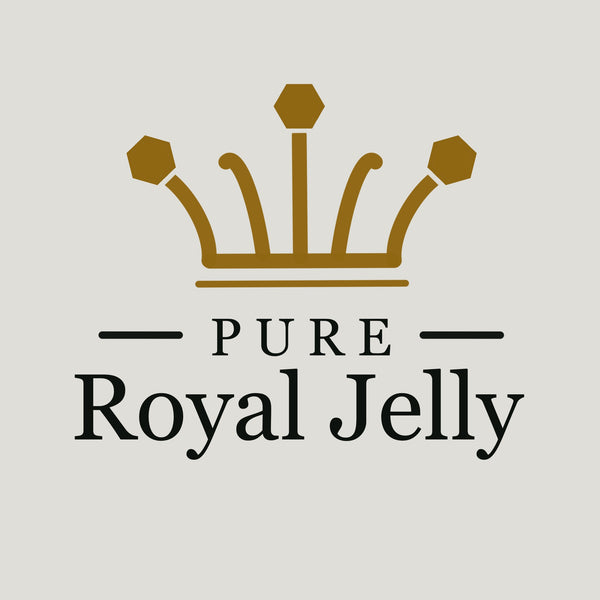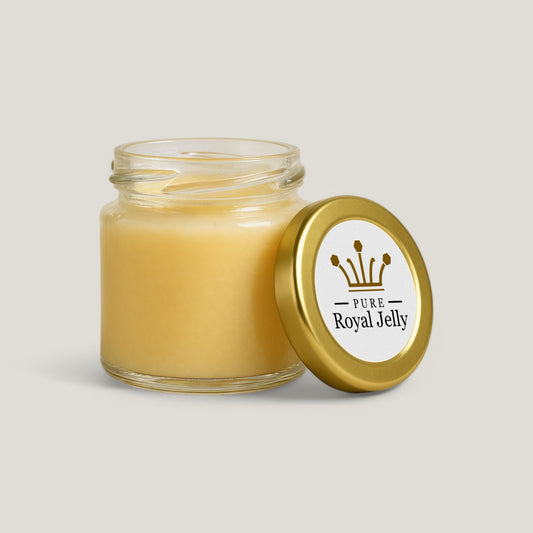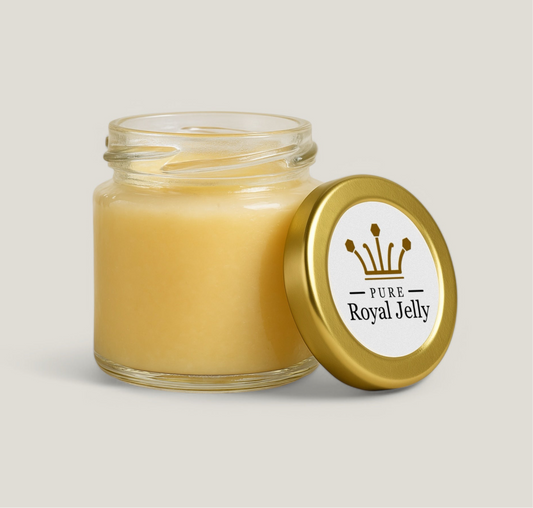The History of Royal Jelly: From Ancient Egypt to Modern Wellness
 Royal jelly, a nutrient-rich secretion produced by honeybees, has captivated humanity for centuries. Its reputation as a superfood dates back thousands of years, crossing cultures and civilizations. Today, pure royal jelly is celebrated in modern wellness for its incredible health benefits, but its story begins long before it appeared on health store shelves.
Royal jelly, a nutrient-rich secretion produced by honeybees, has captivated humanity for centuries. Its reputation as a superfood dates back thousands of years, crossing cultures and civilizations. Today, pure royal jelly is celebrated in modern wellness for its incredible health benefits, but its story begins long before it appeared on health store shelves.
This blog takes you on a journey through the fascinating history of pure royal jelly, from its ancient roots to its modern-day prominence as a natural supplement.
Royal Jelly in Ancient Egypt
The first documented use of bee products, including what we now know as pure royal jelly, dates back to ancient Egypt. Egyptians revered bees, associating them with the gods. Honey was a staple in rituals and medicine, while royal jelly was reserved for royalty and spiritual leaders.
Though the exact term "royal jelly" wasn’t used, historical records suggest that Egyptians recognized its rejuvenating properties. Pure royal jelly was likely valued for its association with longevity and vitality—qualities that aligned with their quest for eternal life.
Royal Jelly in Ancient China
In ancient China, royal jelly was considered a tonic for emperors. Traditional Chinese medicine has long valued pure royal jelly for its ability to boost energy, strengthen the immune system, and promote longevity. Its status as a precious, limited resource made it a symbol of health and power in imperial courts.
Even today, pure royal jelly remains a cornerstone of Chinese wellness practices, blending ancient wisdom with modern applications.
The Role of Royal Jelly in Greek and Roman Cultures
The Greeks and Romans were well aware of the benefits of bee products. While honey was more widely used, royal jelly likely played a role in their medicinal and cosmetic practices. Greek philosophers, including Aristotle, documented their fascination with bees, hinting at the significance of substances like pure royal jelly.
Royal Jelly’s Renaissance Revival
During the Renaissance, interest in bee products resurfaced. Scientists and alchemists studied the hive’s secrets, searching for cures and elixirs. Pure royal jelly was believed to hold the key to vitality, aligning with the era’s pursuit of health and beauty.
This period marked a turning point, as royal jelly began to be recognized not just as a product of the hive but as a unique substance with its own set of benefits.
Modern Discoveries and the Rise of Pure Royal Jelly
The modern era of pure royal jelly began in the early 20th century when scientists started to analyze its composition. They discovered that it was rich in proteins, vitamins, and bioactive compounds, unlike any other bee product.
By the mid-1900s, pure royal jelly gained popularity as a health supplement in Europe and the United States. Its ability to support energy, skin health, and immune function resonated with those seeking natural wellness solutions.
Today, pure royal jelly is a staple in the health and wellness industry. It’s used in supplements, skincare products, and even functional foods, offering a bridge between ancient traditions and modern science.
Why Pure Royal Jelly Stands the Test of Time
The enduring appeal of pure royal jelly lies in its versatility and effectiveness. From ancient royalty to contemporary health enthusiasts, people have turned to pure royal jelly for:
- Enhanced energy and stamina
- Improved skin health and anti-aging benefits
- Strengthened immune function
- Hormonal balance and fertility support
The journey of pure royal jelly from ancient Egypt to modern wellness is a testament to its timeless value. Its history is steeped in cultural significance, scientific discovery, and human fascination with nature’s gifts.
If you’re looking to embrace a product with a rich history and proven benefits, pure royal jelly is the perfect choice. Whether you’re seeking natural energy, glowing skin, or overall vitality, pure royal jelly offers a unique connection to both ancient traditions and modern health practices.



